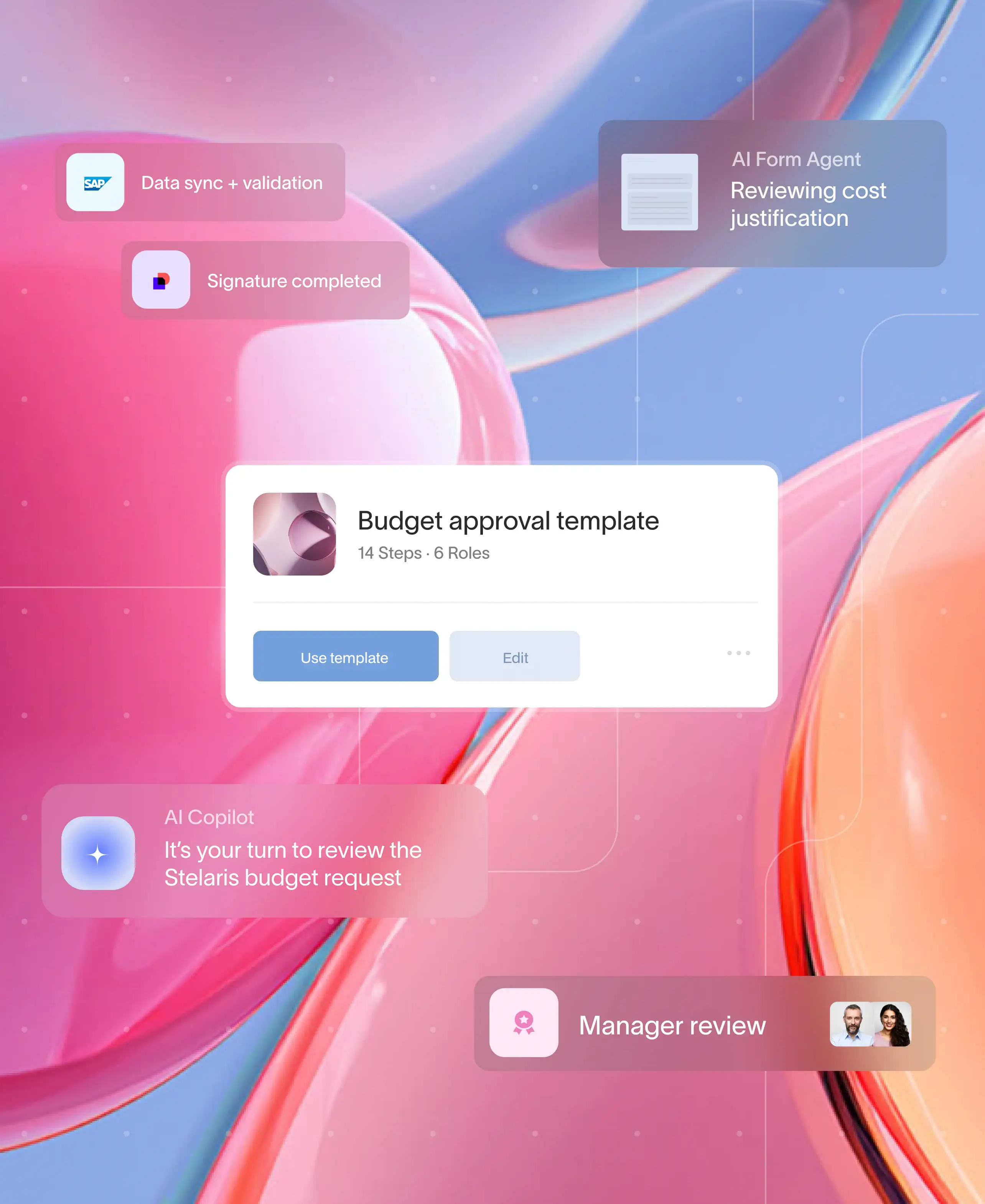
The client onboarding process is crucial in shaping the future relationship between a company and its clients. A smooth and effective onboarding experience sets a positive tone for the entire engagement, building trust, reducing churn, and promoting long-term success. However, despite its importance, many businesses face challenges during this critical phase that can disrupt the onboarding process. Understanding why these client onboarding challenges occur is the key to addressing them effectively.
Why do challenges commonly arise during client onboarding
Client onboarding challenges often arise due to various factors such as misaligned expectations, lack of clear communication, insufficient resources, and the complexity of managing multiple stakeholders. In many cases, these challenges stem from an organization's unstructured processes or an inadequate understanding of the client's unique needs. Without a streamlined approach, businesses may find it difficult to deliver a consistent and positive customer onboarding experience, leading to dissatisfaction and potential client attrition.
Now that we’ve explored why challenges arise, let's delve into the specific client onboarding obstacles businesses face.
Common challenges faced when onboarding clients
Here are some of the most common challenges businesses face during client onboarding:
- Miscommunication or lack of communication
- Inadequate understanding of client needs
- Delays in the onboarding process
- Complexity in documentation and compliance
- Lack of clear roles and responsibilities
- Insufficient training and support
- Failure to set clear expectations

1. Miscommunication or lack of communication
- Challenge: Miscommunication can lead to misunderstandings, unmet expectations, and frustration for both parties. It often occurs when there is no clear communication channel or when the onboarding process involves multiple team members without proper coordination.
- Solution: Establish a centralized client portal/communication platform where all stakeholders can easily share updates, ask questions, and receive feedback. Regularly scheduled check-ins can ensure that everyone is on the same page, minimizing the risk of miscommunication.
2. Inadequate understanding of client needs
- Challenge: Failing to understand the client’s specific needs and goals can result in a generic onboarding process that doesn’t address their unique requirements. This can lead to dissatisfaction and a lack of confidence in the service provider.
- Solution: Conduct thorough discovery sessions at the beginning of the onboarding process to gather detailed information about the client's objectives, pain points, and expectations. Tailor the onboarding process to align with these needs, ensuring a personalized experience.
3. Delays in the onboarding process
- Challenge: Delays can occur due to various reasons, such as bottlenecks in approvals, incomplete documentation, or lack of resources. These delays can create frustration and lead to a poor first impression.
- Solution: Implement a client project management solution that tracks each step of the onboarding process, assigns deadlines, and monitors progress. Automating routine tasks, such as sending reminders for document submission, initiating approval processes, and updating clients on their onboarding status, can significantly reduce delays and keep the process on track. Additionally, automated workflows can adapt to changes, automatically adjusting timelines and reallocating resources when necessary to prevent bottlenecks. By ensuring that every step is executed efficiently and consistently, automated workflows not only speed up the onboarding process but also enhance the client experience by providing transparency and timely updates, ultimately leading to higher client satisfaction and retention.
4. Complexity in documentation and compliance
- Challenge: Navigating through complex documentation and compliance requirements can be overwhelming for both the client and the service provider. This challenge is particularly prevalent in industries with strict regulatory standards.
- Solution: Simplify documentation by using digital tools that automate form-filling, document submission, and compliance checks. Provide clients with clear instructions and an onboarding checklist to guide them through the process.
5. Lack of clear roles and responsibilities
- Challenge: Confusion about who is responsible for what during the onboarding process can lead to missed steps, duplicated efforts, and overall inefficiency.
- Solution: Clearly define roles and responsibilities for each team member involved in the onboarding process. Assign a dedicated onboarding manager who oversees the entire process and serves as the main point of contact for the client.
6. Insufficient training and support
- Challenge: Clients may struggle to fully understand how to use the services or products they’ve purchased without adequate training and support. This can result in underutilization and dissatisfaction.
- Solution: Provide comprehensive training sessions, either through live demonstrations or pre-recorded tutorials, to help clients get up to speed. Offer ongoing support through various channels, such as chat, email, or phone, to address any questions or issues that arise.
7. Failure to set clear expectations
- Challenge: Not setting clear expectations regarding timelines, deliverables, and responsibilities can lead to confusion and dissatisfaction later in the relationship.
- Solution: Set clear expectations from the outset, including a detailed timeline, key milestones, and expected outcomes. Ensure that the client understands their role in the process and what they can expect from your team.
While addressing these challenges is critical, using a client onboarding solution can further enhance the process.
How a client onboarding platform can streamline the process
A well-designed client onboarding platform can significantly streamline the onboarding process by automating routine tasks, improving communication, and ensuring consistency. Moxo, a leading collaborative workflow platform, offers a comprehensive solution that simplifies onboarding by providing a client portal for communication, document sharing, task management, and compliance tracking. With Moxo, businesses can deliver a seamless and efficient onboarding experience that sets the stage for a successful client relationship. Get started by visiting Moxo.
In conclusion, overcoming these challenges is key to client satisfaction and long-term success.
Conclusion
Overcoming client onboarding challenges requires a strategic approach that focuses on clear communication, understanding client needs, and leveraging technology to streamline the process. By addressing these challenges head-on, businesses can improve client satisfaction, reduce churn, and build long-lasting relationships. Implementing a robust onboarding tool like Moxo can make this process even more efficient, ensuring that clients feel supported and valued from day one. Visit Moxo and get started today.
FAQs
What are the most common client onboarding challenges?
The most common client onboarding challenges include miscommunication, inadequate understanding of client needs, delays in the process, documentation and compliance complexities, lack of clear roles, insufficient training, integration issues, and failure to set clear expectations.
How can I overcome communication challenges during onboarding?
Establishing a centralized communication platform and scheduling regular check-ins can help overcome communication challenges by ensuring all parties are aligned and informed.
Why is understanding client needs important in onboarding?
Understanding client needs is crucial because it allows you to tailor the onboarding process to meet their specific requirements, leading to higher satisfaction and a stronger client relationship.
How can Moxo help with client onboarding?
Moxo provides a centralized platform that streamlines the onboarding process by improving communication, automating tasks, and ensuring that all necessary steps are completed efficiently, leading to a better client experience.





